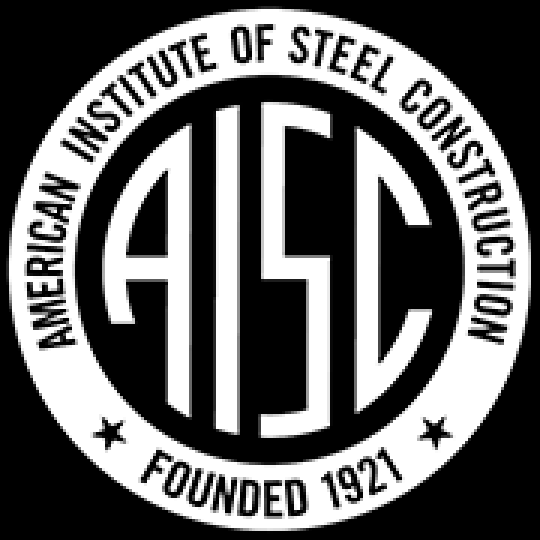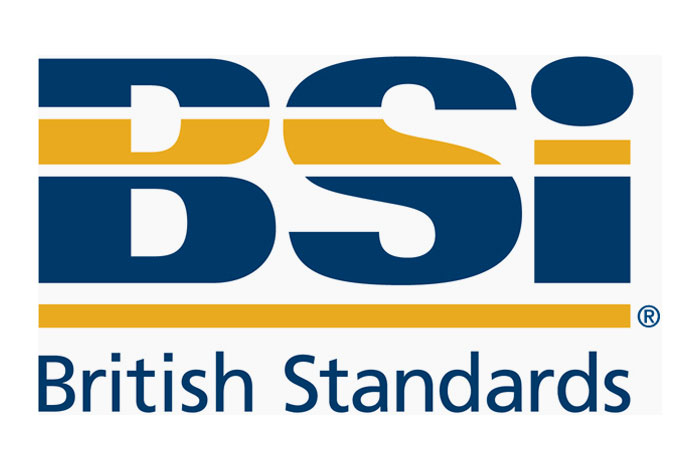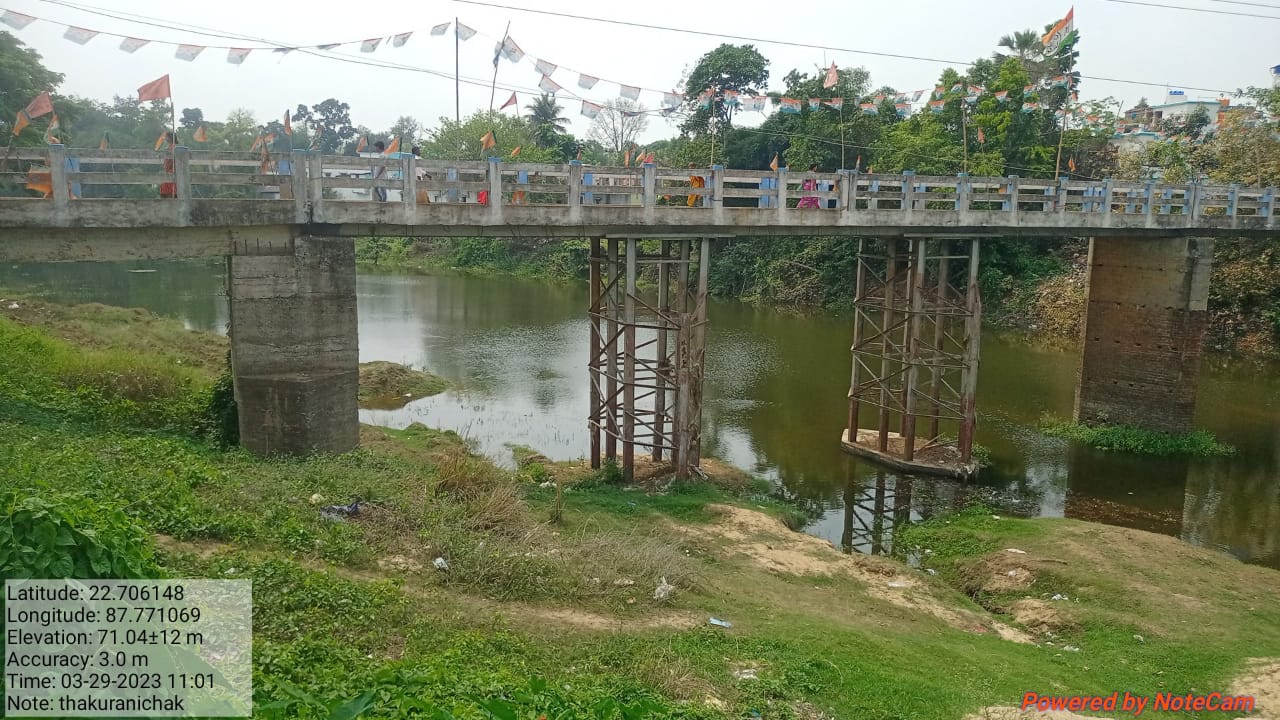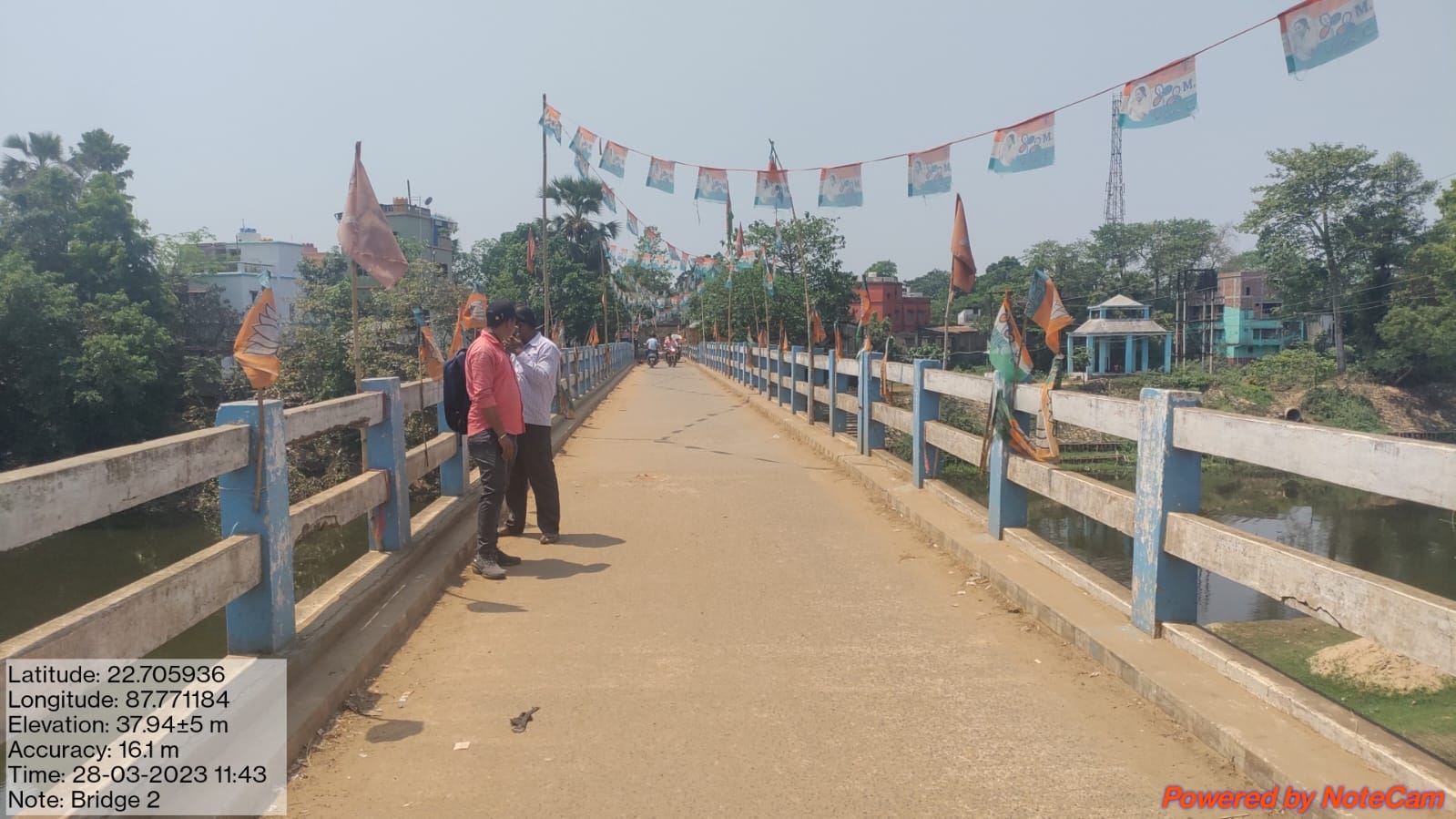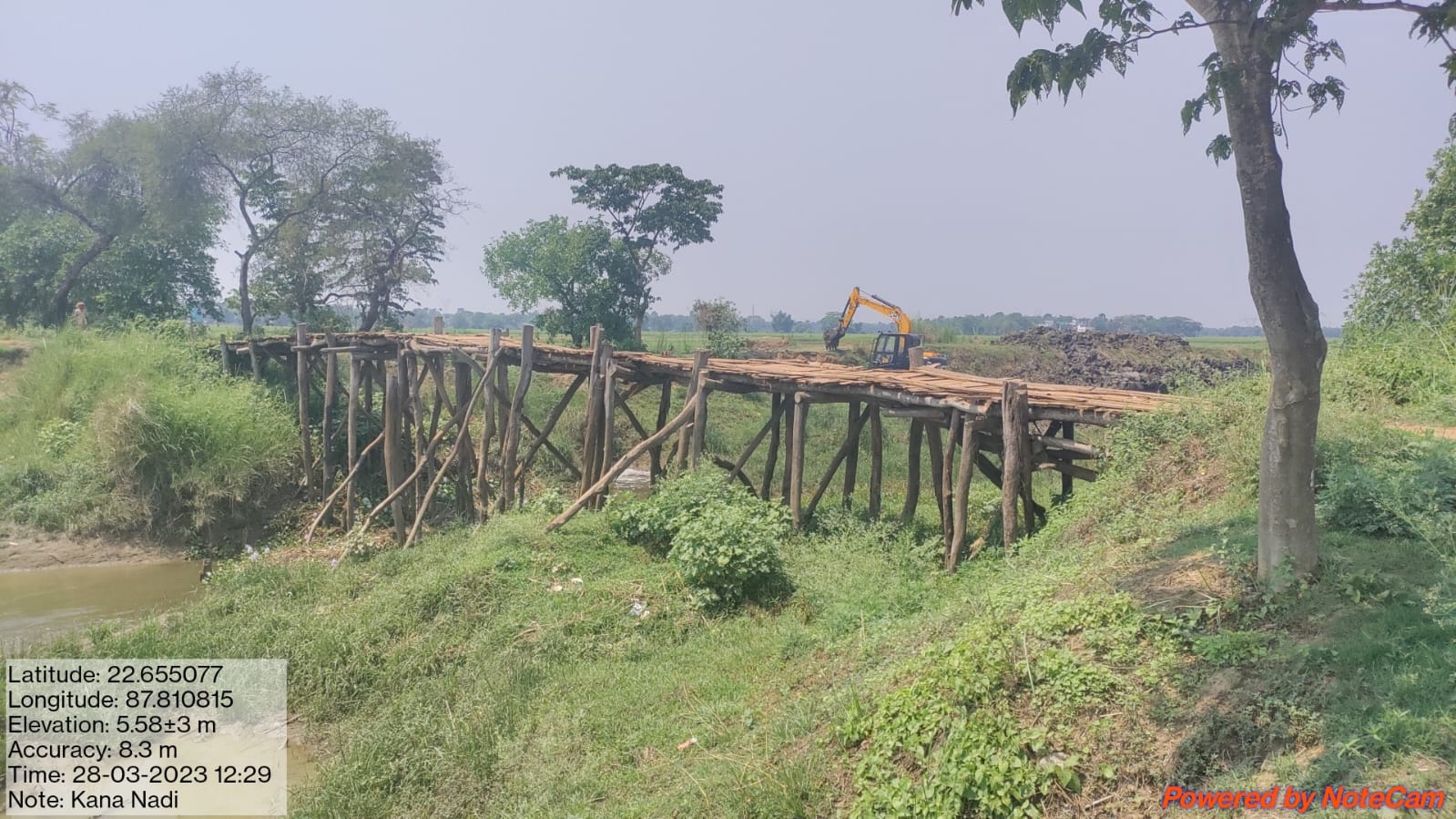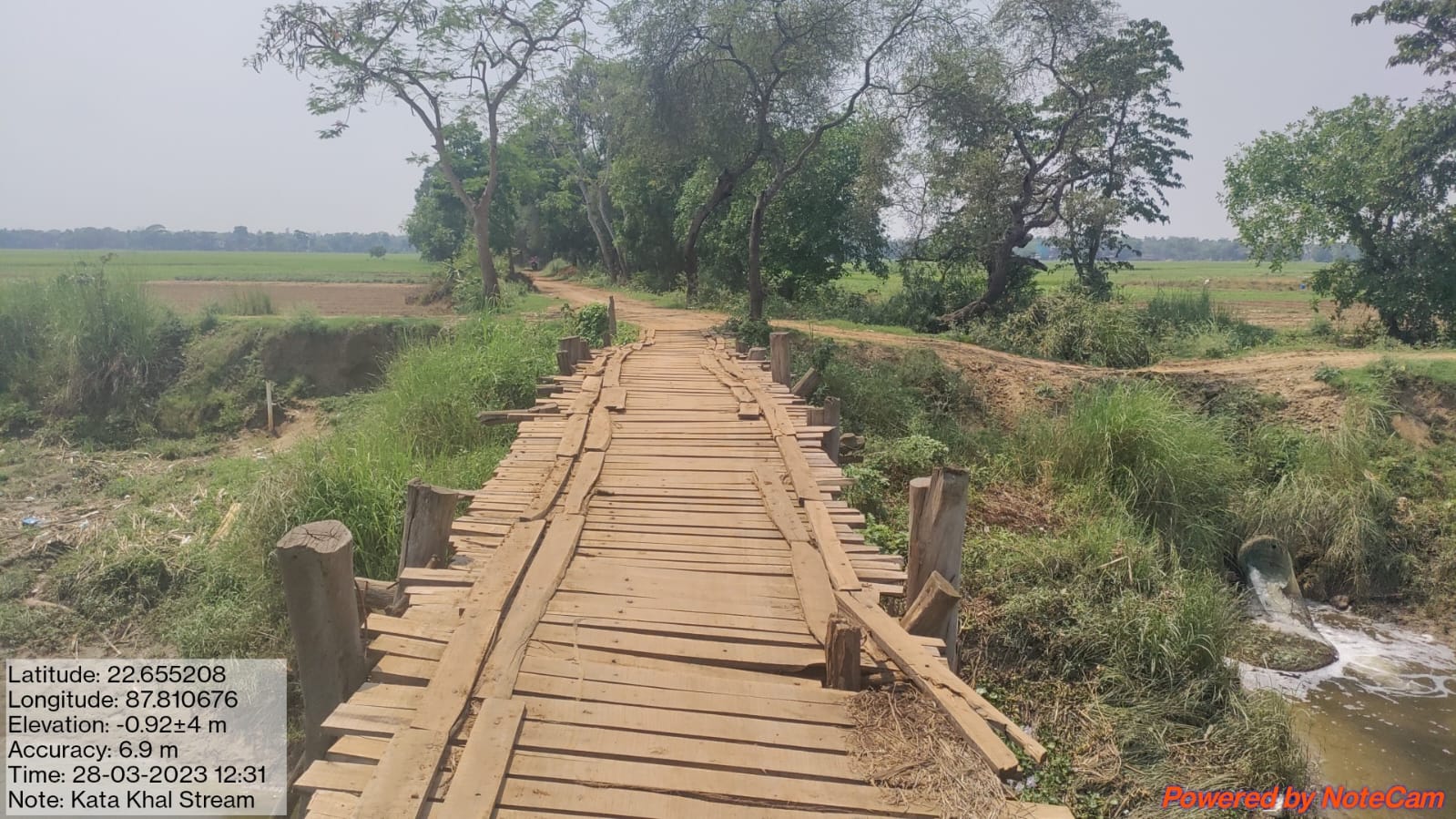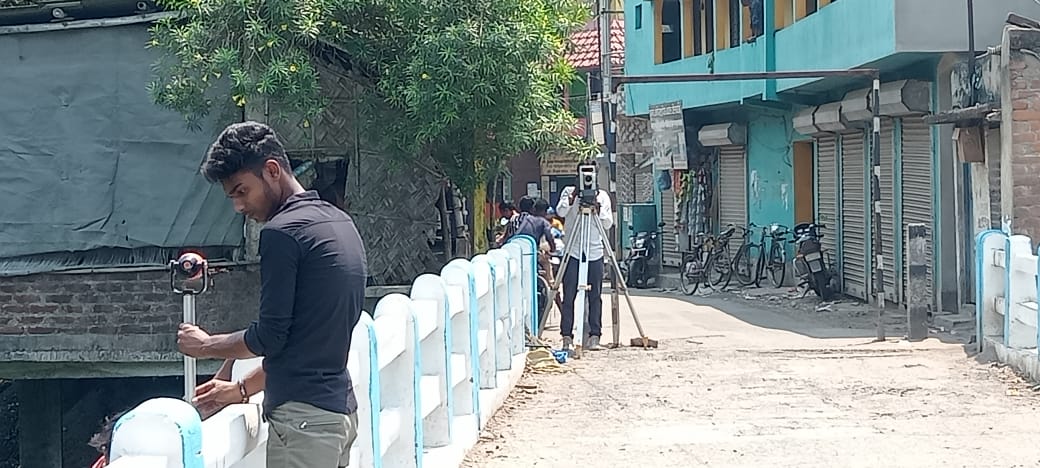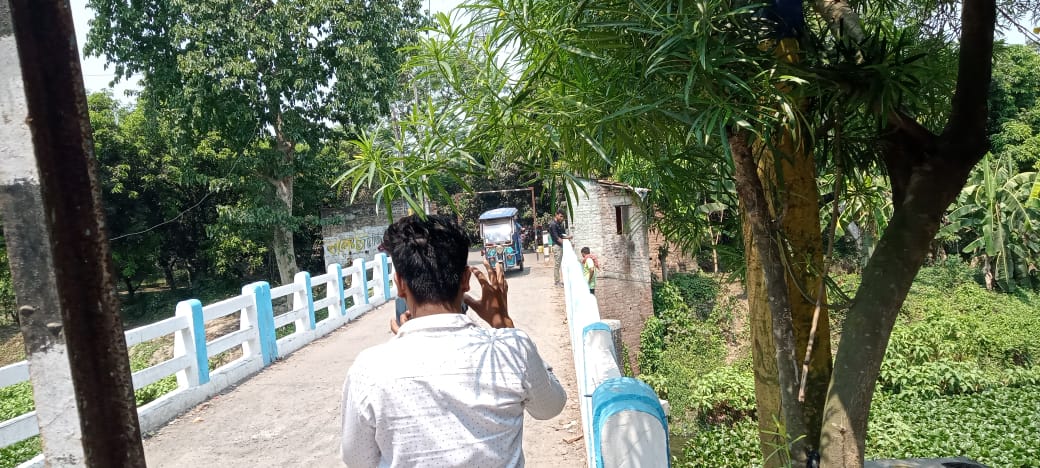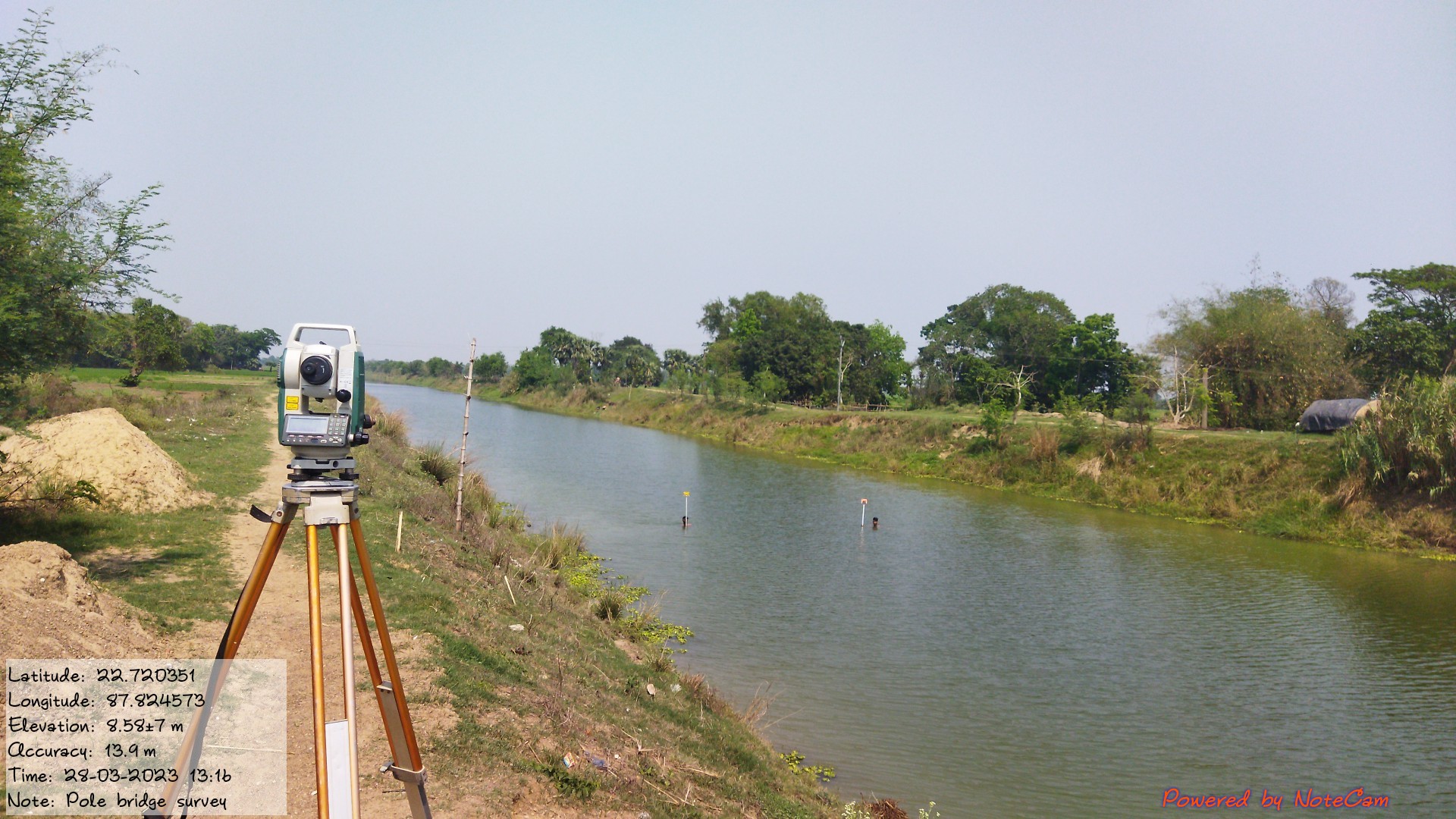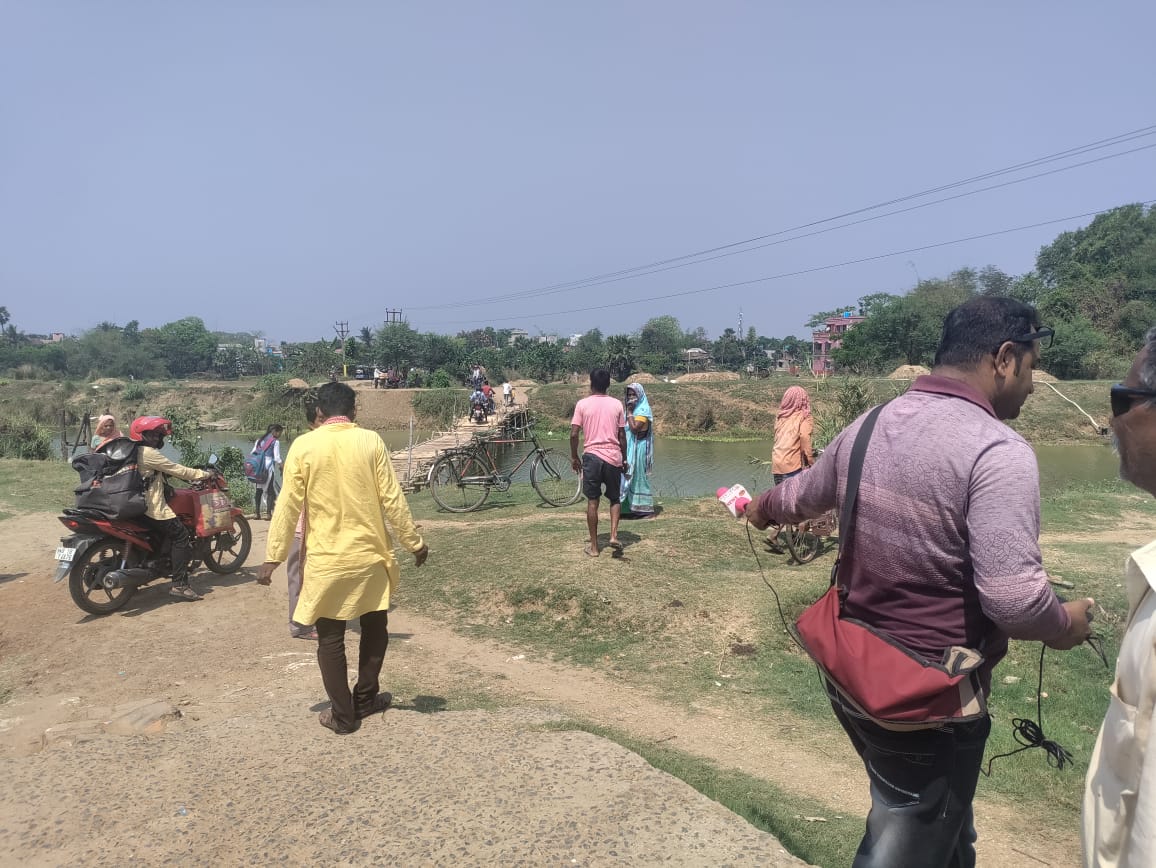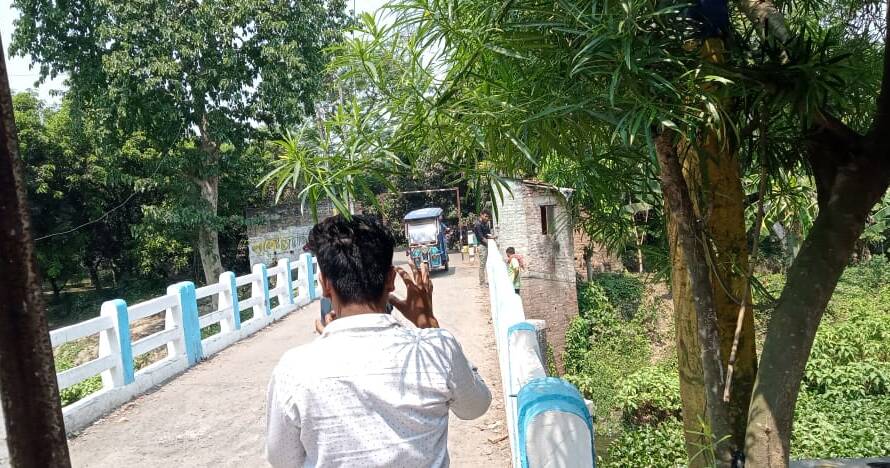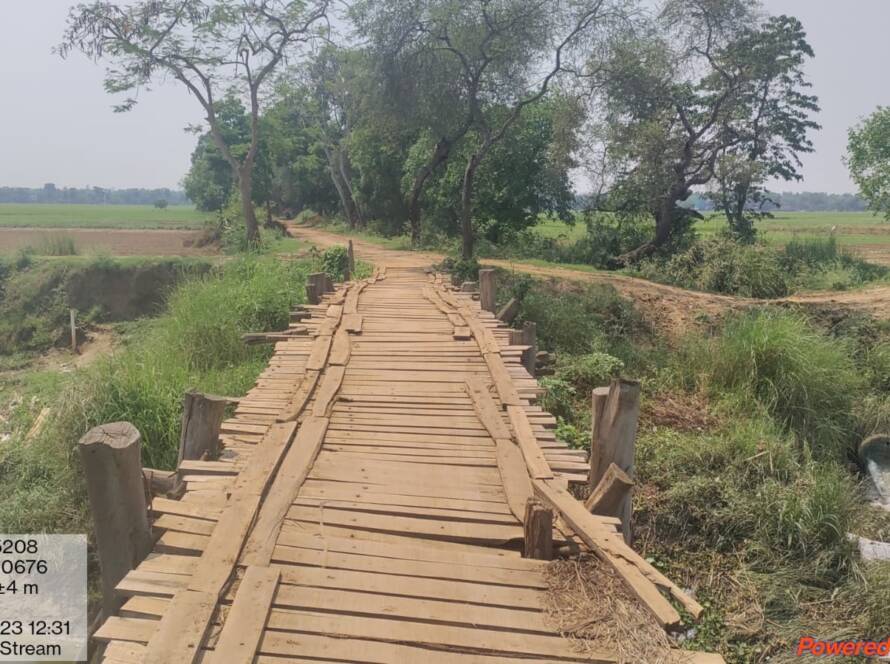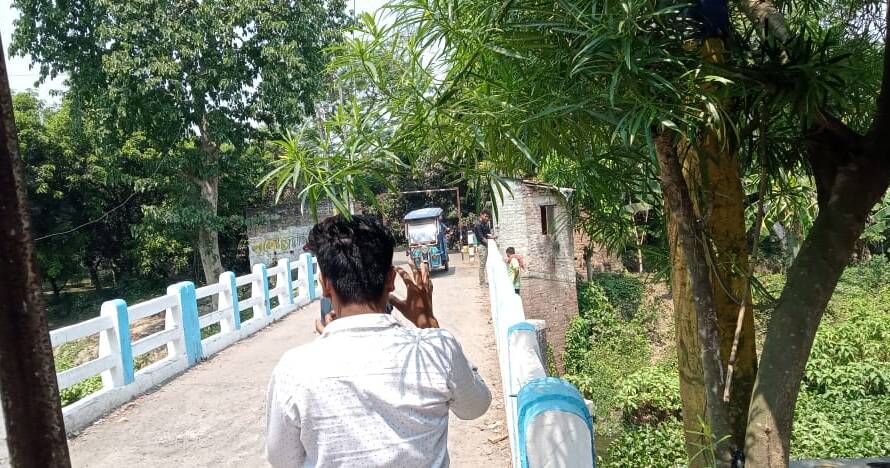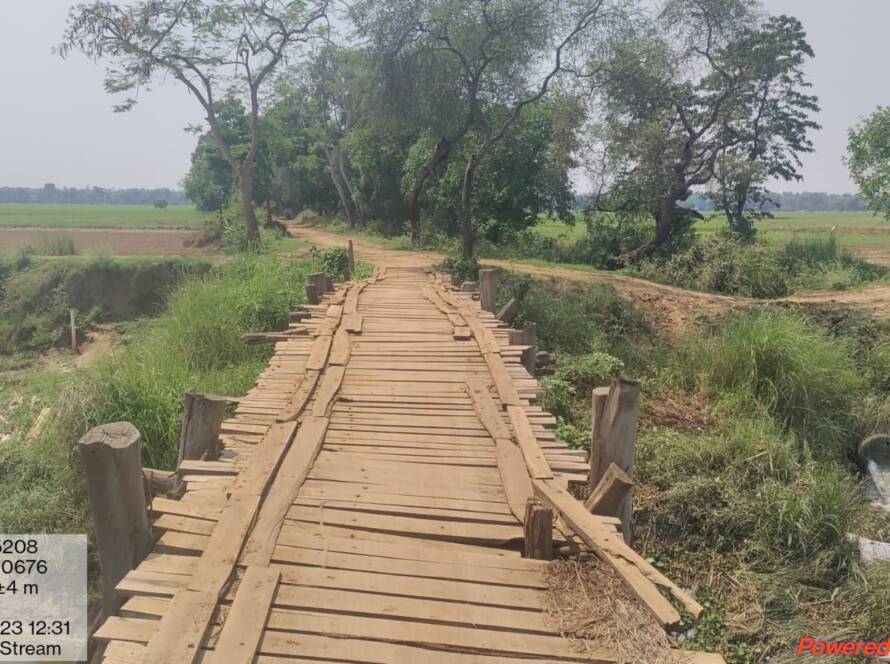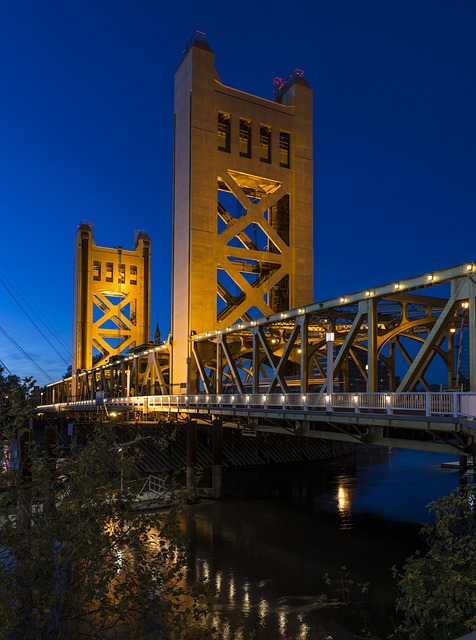
What We Provide you?
Bridge engineering services encompass a range of activities related to the planning, design, construction, and maintenance of bridges. These services are crucial for ensuring the safety, functionality, and longevity of bridges.
There are some of the series of services we will offer you in our Bridge engineering. Some of the core services that we will deliver to you are as follows:-
Topographical Survey & Drone Survey
A topographical survey, also known as a topo survey, is a detailed mapping of the natural and man-made features of a specific piece of land. The primary purpose of a topographical survey is to represent the three-dimensional characteristics of the terrain, providing accurate and comprehensive information about the landscape. This type of survey is crucial for various engineering, construction, and land development projects. A drone survey, also known as an aerial survey or UAV (Unmanned Aerial Vehicle) survey, involves the use of drones or unmanned aircraft equipped with various sensors to collect data and imagery of a specific area from the air. Drone surveys have become very popular due to their capability to capture high-resolution data quickly and cost-effectively.
Soil Investigation Report
A soil investigation report is a document that provides detailed information about the properties and characteristics of the soil at a specific location. This type of report is typically prepared by geotechnical engineers or soil scientists after conducting a soil investigation, which involves field testing and laboratory analysis of soil samples. The information gathered from a soil investigation is crucial for various engineering and construction projects, helping to assess the suitability of the soil for specific uses and informing foundation design, slope stability analysis, and other geotechnical considerations.
Preliminary Project Report (PPR)
A Preliminary Project Report is a comprehensive document that outlines the key details, objectives, and considerations for a proposed project. It serves as an initial overview and planning document, providing stakeholders with essential information before committing resources to a project. The contents of a Preliminary Project Report can vary depending on the nature of the project.
Hydraulics Design
Hydraulic design involves the planning and creation of systems that convey, control, and manage fluids, typically water. This field of engineering is crucial for various applications, including water supply systems, wastewater treatment, stormwater management, and hydraulic structures such as dams and channels.
Waterway Vetting
Waterway vetting refers to the process of evaluating and assessing the suitability of a waterway for maritime transportation, especially for larger vessels. This evaluation is crucial to ensure the safety of shipping operations, protect the environment, and comply with international standards and regulations.
Bridge Design
Bridge design is a complex engineering process that involves the planning, analysis, and creation of structures to span physical obstacles such as rivers, roads, or valleys. The goal of bridge design is to create a safe, efficient, and durable structure that can withstand various loads and environmental conditions.
Detailed Drawings
Detailed drawings, also known as engineering drawings or blueprints, are technical illustrations that provide specific and comprehensive information about the design, dimensions, materials, and other details of an engineering or architectural project. These drawings serve as a crucial communication tool between designers, engineers, architects, and construction teams.
Detailed Estimation of Quantities and Costing
A detailed estimation of quantities and costing is a crucial aspect of project management, particularly in construction and engineering projects. This process involves quantifying the materials, labor, and other resources required for a project and calculating the associated costs.
Detailed Project Report (DPR)
A Detailed Project Report (DPR) is a comprehensive document that outlines the various aspects of a proposed project. It serves as a blueprint and provides detailed information to stakeholders, decision-makers, and funding entities. A well-prepared DPR is essential for planning, executing, and monitoring projects effectively.
Benefits Of Bridge Engineering Services
There are several benefits of bridge engineering services. You must get through the details to have a better idea of it. Some of the key factors that you must consider here are as follows:-
Expertise & Experience
Bridge engineering services bring specialized knowledge and experience in designing and constructing various types of bridges, ensuring that projects are executed efficiently and safely.
Innovative Design Solutions
Engineers in bridge services can provide innovative and cost-effective design solutions to meet project requirements, considering factors such as site constraints, environmental impact, and aesthetics.
Structural Integrity & Safety
Bridge engineering services prioritize the structural integrity and safety of bridges. Engineers use advanced analysis and modeling techniques to ensure that bridges can withstand loads and environmental conditions.
Compliances With Standards & Regulations
Bridge engineers are familiar with local, national, and international standards and regulations governing bridge construction. This ensures that bridge designs comply with safety and quality standards.
Cost Effective Planning
Bridge engineering services can assist in developing cost-effective plans, and optimizing designs to minimize construction costs while maintaining the required structural performance.
Environmental Considerations
Engineers in bridge services take into account environmental considerations during the design and construction phases. This includes minimizing ecological impact, considering sustainable materials, and implementing erosion control measures.
Efficient Project Management
Bridge engineering services provide project management expertise to ensure that projects are completed on time and within budget. This involves coordinating various stakeholders, managing resources, and addressing unforeseen challenges.
How Do Bridge Engineering Services Works?
There are some of effective ways using which the Bridge engineering works. Some of the key ways it works are as follows:-
Project Initiation
The process begins with the identification of a need for a new bridge or the assessment of an existing bridge that requires modification or rehabilitation. Stakeholders, including government agencies, municipalities, or private entities, initiate projects and seek the assistance of bridge engineering services.
Feasibility Stability
Before detailed design work begins, a feasibility study is often conducted to assess the technical, economic, environmental, and social viability of the proposed project. The study helps in determining whether the project aligns with the overall goals and requirements.
Conceptual Design
Bridge engineers work on the conceptual design, considering factors such as bridge type, alignment, and general layout. Preliminary sketches and conceptual drawings are created to visualize the proposed bridge.
Site Investigation
Engineers conduct a site investigation to gather essential data about the geographical, geological, and environmental conditions of the bridge site. Soil testing, topographic surveys, and other studies are carried out to inform the design process.
Detailed Design
Based on the conceptual design and site investigation results, the detailed design phase begins. Engineers use computer-aided design (CAD) tools and advanced software to create detailed drawings, specifications, and structural analyses. The design includes considerations for structural integrity, load-bearing capacity, environmental impact, and adherence to safety standards.
Regulatory Approvals
The detailed design is submitted to relevant authorities for regulatory approval. This may include municipal planning departments, environmental agencies, and other regulatory bodies. Engineers work closely with regulatory agencies to address any concerns or modifications required for approval.
our work
The National Standard We Are Proficient of
